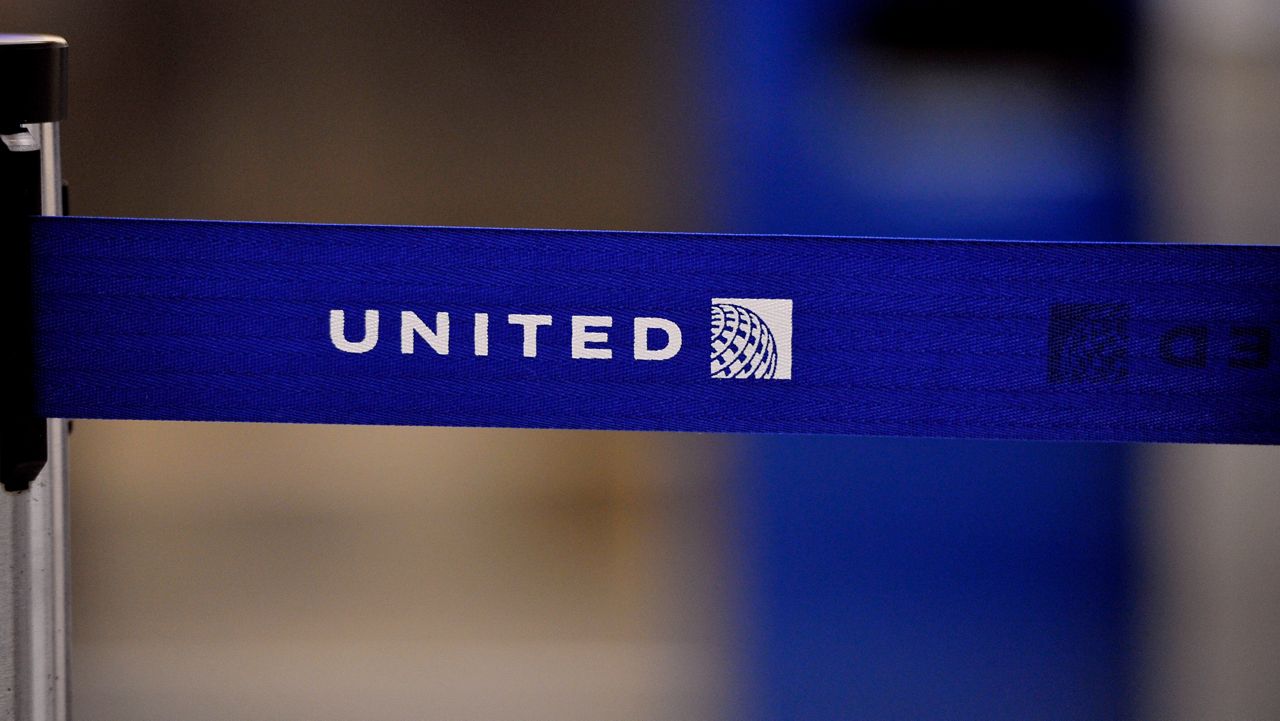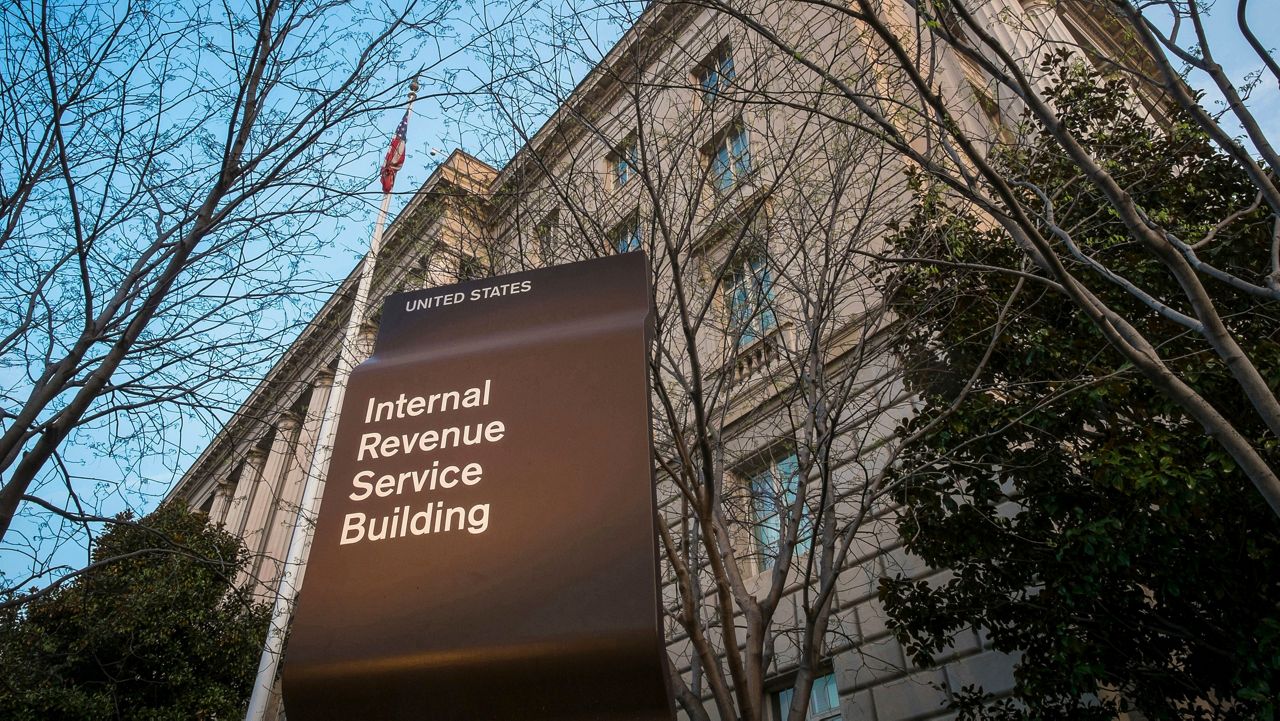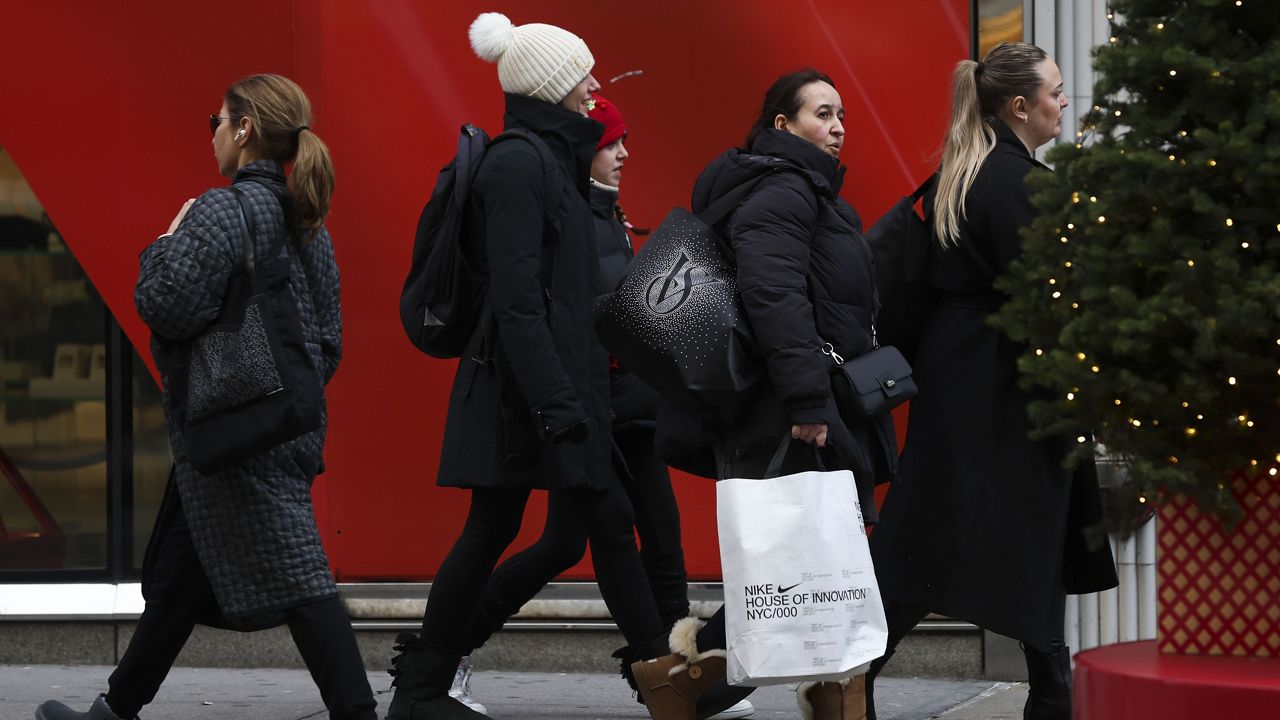HONOLULU — Health and state officials are urging people to get their booster to stop the spread of the omicron variant of COVID-19.
On Sunday, the day after Christmas, the Hawaii Department of Health reported 2,205 new COVID-19 cases. This was the first time during the pandemic the state had a daily case count that was higher than 2,000.
On Monday, the case count was 1,384. However, Mondays and Tuesdays tend to have lower results because fewer people get tested for coronavirus over the weekend, especially during Christmas weekend, as there are not as many health care providers available to administer the tests.
Just a week ago, the case counts were 840. On Dec. 16, the daily case count was 395.
On Dec. 2, the first case of omicron in Hawaii was reported on Oahu.
Also on Monday, there were 13,966 active cases of COVID-19; the peak during the delta variant was 11,500.
Lt. Gov. Josh Green told Spectrum News Hawaii in an interview on Monday that more people in the state need to get their boosters in order to stop the spread of omicron.
“We have 340,000 people that have gotten boosters, but 500,000 people who are still eligible to get boosters and haven’t done it yet,” Green said. Boosters are authorized for everyone 16 and older.
“It's that booster which keeps people from becoming severely ill,” Green added. “Otherwise people's immunity has dropped off.”
Green said 100 people are currently hospitalized with COVID-19, and 91 of them were on Oahu. Two weeks ago, there were only 34 people in the hospitals with the coronavirus.
He said the majority of the hospital's coronavirus patients are unvaccinated, but 38 of the patients currently hospitalized have had their initial two vaccinations. However, most of them had their shots over six months ago in April or May.
“We have not seen anybody move into critical condition or the intensive care unit who has had two shots and a booster,” Green said.
Green said Hawaii’s medical centers would be overwhelmed when there are about 500 patients in the hospitals. He added that there are fewer health care providers on the islands than during the delta surge, when the state brought in an additional 750 nurses and respiratory therapists. If necessary, Green said they would bring in more health care providers.
“These are two very critical weeks ahead of us,” Green said.
In reaction to the increase in COVID-19 cases, Queen’s Medical Center at Punchbowl and West Oahu said they would be closed to all visitors. Exceptions will be made for obstetrics, pediatrics, end-of-life support, emergency care during the early period, and for patients who have an appointment at a clinic that can be accompanied by one caregiver.
Kaiser Moanalua Medical Center also changed its COVID-19 visitor policy, saying only one visitor would be allowed per patient at a time, and they must show proof of full vaccination or a negative COVID-19 test done in the last 72 hours. Two visitors will still be allowed for obstetrics, pediatrics, and the neonatal intensive care unit. Exceptions will also be allowed for end-of-life situations, parents without child-care accommodations, and patients who require mobility or disability support.
Green sent a memo on Dec. 20 to Gov. David Ige that recommended Hawaii set up mass booster and testing clinics ahead of the holidays. Green also called for mandated time off from work for boosters as well as calling for two additional days of widely publicized booster clinics that can offer shots to thousands of people a day.
He said he has not heard from the governor about his memo and emphasized that Hawaii still needs more community testing to be available. He said it has been difficult because there is a test shortage across the county. However, Queen’s has expanded its hours on Oahu to allow for more boosters and tests.
All Oahu residents can receive free coronavirus tests at the Daniel K. Inouye Airport. AlohaClear’s testing sites offer free PCR tests for all U.S. residents. CVS and Walgreens also offer free PCR tests for qualifying patients. For all others, PCR tests cost at least $140. AlohaClear says test results will be received within 16 hours, while CVS says it may take up to two days.
“We need a lot more testing and we definitely need to have everyone get boosted,” Green said. “We just have to keep encouraging people and the best way to encourage them is the science — which is that people who are unboosted are most vulnerable.”
Health Director Dr. Libby Char said Thursday it is critical to get a booster to stop the spread of omicron. In Hawaii, 73.9% of the population has gotten the initial series of vaccinations, but only 23.9% have received the third booster dose.
Char also urged people to encourage their friends and family to get the initial series of vaccinations, as at least 370,000 still don’t have any vaccination against COVID-19.
Although omicron might not cause as serious illness, especially in younger individuals without underlying conditions, the number of people who will get infected will increase hospitalizations, she said.
At a press conference Thursday, Honolulu Mayor Rick Blangiardi said he was not going to shut down large gatherings but said he is watching the “bandwidth” of hospitals. He urged people to get boosters.
For New Year’s Eve, Green told Spectrum News Hawaii he “would not go to large gatherings.”
“If you go to a large gathering with strangers, and you're not boosted, you're going to catch omicron,” Green said. “Staying in one's family bubble or even close contacts is by far the safer approach.”









